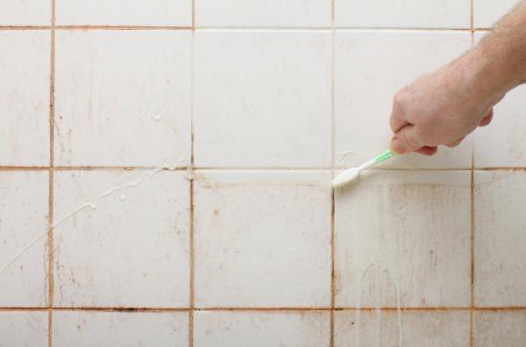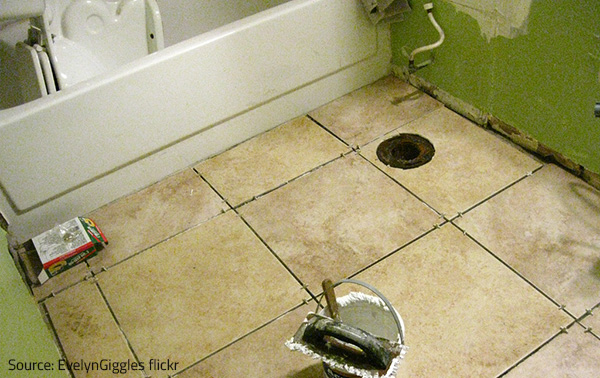Searching for Signs of Water Damage in the Bathroom
Searching for Signs of Water Damage in the Bathroom
Blog Article
How do you actually feel on the subject of How to Fix a Water Damage Bathroom?

The restroom is exceptionally vulnerable for damp buildup and prospective water damages due to the regular use water in it. This write-up supplies easy assessment methods to assist finding water damages threats.
The frequent use of water in the restroom makes it incredibly prone for wet buildup and also possible water damages. By inspecting it routinely, you can lower water relevant problems.
The adhering to collection of inspections is easy to perform and should be done once in every three months in order to maintain your shower room healthy as well as to avoid prospective water problems brought on by the bath tub, the shower, pipeline joints and plumbing, sinks, cabinets, and the toilet
Do not overlook carrying out these assessments as well as be complete while doing them. Bear in mind that these basic assessments can conserve you a great deal of cash by supplying early indicators for water damage
Sinks as well as Cabinets
Sinks as well as cupboards are subjected to dampness and also moisture day-to-day and also are commonly ignored. Check on a regular basis under the sink as well as on the counter top above it. Fix any kind of drip in the catch as it might recommend drainpipe troubles. Browse the sink, sluggish draining pipes may show an obstructed drainpipe. Replace sink seals if they are broken or loosened.
Tub as well as Shower
The shower and tub require unique interest and upkeep. Inspect the tiles and also change if cracked. See to it that there is no missing out on grout in between the ceramic tiles. Evaluate as well as replace fractured caulking at joints where the wall surfaces meet the flooring or the tub. Obstructed drains pipes and pipelines issues will certainly stop the bathtub from drying and also may show severe problems underneath the bathtub. Seek advice from an expert quickly to avoid architectural damage. Take notice of discolorations or soft locations around the bathtub wall surfaces as they may indicate an inner leak.
Plumbing
Signs for water damages are difficult to detect considering that many pipelines are set up inside the walls.
Pay unique focus to flooring and also walls dampness as well as stains as they might indicate an undetectable plumbing problem. Inspect moisture degrees in adjoining spaces also.
The Toilet
The bathroom is a vulnerable water joint. Check the water lines as well as search for leakages around the toilet seat, in the pipe, and also under the water tank. If you discover any kind of indications of moisture on the flooring around the toilet, check for leakages in the toilet rim and also tank seals.
Know that hanging toilet bowl antiperspirants increases the possibilities for clogs.
Water Damage Signs In The Bathroom To Avoid Cleanup
Musty smell
This is one of the easiest signs to catch because musty smells are so odorous. The damp, earthy, moldy smell should be a big red flag. The smell will develop when moisture gets trapped in surfaces, and begins to facilitate mold growth. Leaking pipes under cabinets, inside walls, and behind shower fixtures will cause moisture to stay trapped and not dry, which will lead to mold growth and spread. As soon as you notice any musty smells in your bathroom, have it checked for hidden water damage and cleanup signs.
Visible mold
If the smell isn’t there to give it away, sometimes you will actually see mold growth. Finding mold in your bathroom is a serious problem, because mold is very harmful to your health. By the time mold growth is visible, it also means that water damage has already occurred and been present for some time. The only way the mold problem can be resolved is to find the source of the moisture and get it stopped. To safely and adequately remove mold, you need to have professionals handle the remediation. Do not waste any time in getting mold problems addressed, fixed, and sanitized so that you can protect you and your family from the many respiratory symptoms caused by mold exposure.
Damaged floors
Bathroom floors should be able to withstand some exposure to water while still remaining in good condition. However, when excess exposure or water leaks occur, they will begin to damage even the most water-resistant flooring. If you notice any cracking, bubbling, staining, or warping on your bathroom floors, there is probably a water leak somewhere causing the distortion. If you notice areas of the floor have become softer, or even have a spongy feeling, there is probably damage to the subfloor. Subflooring is typically made up of plywood. When plywood is exposed to water or moisture, it will absorb it. Once it has become saturated, the weight of the excess water will cause the wood to swell and soften. Check the floors in your bathroom frequently to catch any of these sings before they lead to damaged subflooring.
Changes on walls
When water leaks behind walls, it will cause changes in the drywall. Peeling plaster, blistering paint, and soggy wallpaper are all good indicators that excess water is building up behind the wall. Water leaking behind drywall will cause it to swell and be soft to the tough. If you start to notice gaps along the trim of your walls, or where tile meets the wall, it could also be a strong indicator that there is a leak behind the wall. Any changes, distortion, or damage on the walls should be evaluated as soon as you notice it to prevent further water damage and cleanup.

I discovered that blog post on Looking for Signs of Water Damage in the Bathroom while browsing on the search engines. Loved our content? Please share it. Help somebody else find it. Thank-you for going through it.
Go Services Report this page